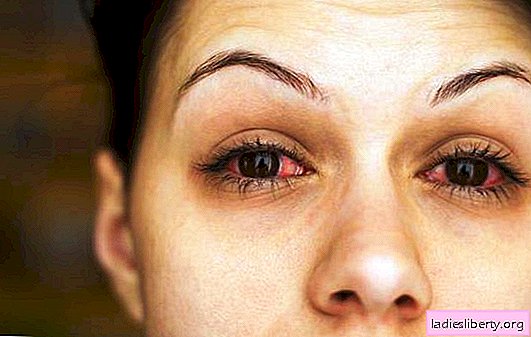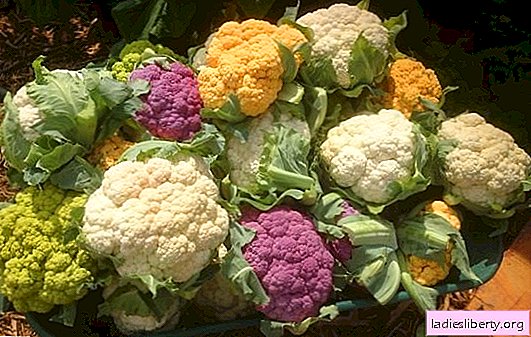
Myrtle - General Description
Myrtle - evergreen woody plant of the myrtle family. In the wild, it can be a shrub or tree. The average height of the plant is 3 meters, but the tree grown at home does not exceed 60 cm. Myrtle has small, leathery, green leaves located opposite. At home, begins to bloom in the fifth year in the first spring months. The plant blooms with white, cream or pale pink flowers that look fluffy due to the large number of stamens. Fruits - a dark-blue berry containing up to 15 seeds.
This is a symbolic plant, which, according to legend, was taken out of paradise. In Greek legends, he is also assigned the role of a symbol. The cult of the plant was supported by the Romans, who made wreaths of it. The Bible claims that it was the myrtle twig that carried in its beak a dove released by Noah from the ark. Since the time of Queen Victoria, no royal wedding has been held in England without him: myrtle adorns wedding bouquets. Its widely used in perfumery. And in a number of countries it is used as a seasoning.
Myrtle - species and places of growth
Mediterranean countries are the birthplace of myrtle. Greek myths claim that the plant emerged from the body of the nymph Mirsina, who was killed by an angry Athena. More than 70 of its varieties in the wild grow in subtropics. And in the middle zone, ordinary myrtle is grown in offices, conservatories, and ordinary apartments.
Myrtle - healing properties
Myrtle has the same properties that antibiotics have. But he, unlike antibiotics, is harmless and does not provoke dysbiosis. For this reason, it is actively used in the prevention and treatment of many diseases: herpes, pyelonephritis, inflammatory gynecological diseases, prostatitis, cystitis, dysbiosis and other diseases of the gastrointestinal tract, tonsillitis, sinusitis, diphtheria, pulmonary tuberculosis, asthma, bronchitis and influenza.
Myrtle - dosage forms
For medical purposes, myrtle leaves, flowers, fruits and young shoots are collected. Essential oils are isolated from the leaves of the plant. And in dried form they are used for the preparation of infusions. Myrtle is widely used in traditional medicine. It is added to ointments, powders and other dosage forms. On the basis of the fruits of this plant, medicinal wine is prepared. However, in the absence of fruits, in the recipe they can be replaced with leaves or flowers. It is enough to simply keep a pot with a tree in the house (not in the bedroom!), So that the air in the room becomes cleaner.
Myrtle - recipes
In the south of France, medicinal wine is prepared on the basis of myrtle, which helps, according to the French, maintain youth. To do this, 100 grams of the fruit of the plant should be poured with a liter of red wine. Infuse the drink within 15 days. It is recommended to take 30-50 grams.
Myrtle also helps with inflammatory eye diseases. For treatment, you should prepare an infusion of 5 leaves of the plant. They should be crushed and pour a tablespoon of boiling water. In a cooled and strained form, this infusion should be instilled into the eyes for 2 drops. If you simultaneously take the infusion inside, vision loss can be stopped.
The infusion of the plant gives a good effect, especially in combination with the tincture of black walnut. If you rinse your mouth daily with these drugs, you can not only cure periodontal disease, but also stop dental caries.
In infectious and inflammatory diseases three times a day (30 minutes before meals) take 25-30 drops of alcohol (vodka) infusion of myrtle. To prepare it, 100 grams of crushed leaves of the plant should be placed in a liter jar and pour half a liter of vodka or 70% alcohol. From five to fifteen days, the infusion should be kept in the dark, shaking regularly. If when taking the infusion there are no unpleasant sensations, the dose is increased to one teaspoon. When used, the infusion of the plant can be bred with tea leaves or broth of wild rose.
The use of myrtle as a herbal tea or infusion is a good preventive measure that will help to avoid many diseases.
Myrtle - contraindications
It is good to keep the plant in the house, but not in the bedroom, as its strong smell can lead to headaches. Exceeding the recommended doses of myrtle wine and infusions can lead to insomnia. At night, it is generally not recommended to use it.
There are no obvious contraindications to the use of myrtle, but do not forget that each plant can cause individual intolerance. Therefore, pregnant and lactating women should abandon its use.
The same warning applies to people with chronic illnesses and the elderly.
Comments











